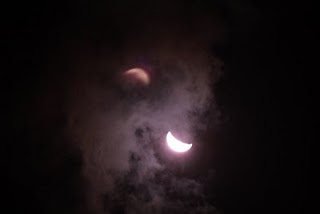So you’ve lived here the entire your life — in fact, everybody has — but what do you actually know concerning the Milky Way galaxy? Definitely, you know it’s a spiral, and its 100,000 light years crossways. Learn a lot more from here as i have presented only the important things regarding the Milky Way Galaxy.
So let’s see Ten Things about the Milky Way Galaxy
1) It’s a barred spiral:
You may know that the Milky Way is a spiral galaxy, possibly the most gorgeous galaxy type. But you can be familiar with lot about them. They have an imposing arms sweeping out starting from a central hub or bulge of glowing stars.
2) There’s a super massive black hole at its heart:
At the center point of the Galaxy, right at its very center, lays a huge: a super massive black hole.
3) It’s a cannibal:
Galaxies are large, and contain lots of mass. If another, smaller galaxy passes too near by; the bigger galaxy can split it to shreds and ingest its stars and gas.
4) We live in a nice neighborhood…
The Milky Way is not single-handedly in space. We’re division of a small group of close by galaxies called — get prepared to be shocked — the Local Group. We’re the heaviest guy on the chunk, and the Andromeda galaxy maybe a speck less huge, though it’s really spread out more.
5) … And we’re in the suburbs: The Local Group is minute and warm, and everyone makes sure their lawns are mowed and houses tinted nicely. That’s since if you take the long sight, we live in the outer edge.
6) You can only see 0.000003% percent of it:
When you got away on a dark night, you are able to see thousands of stars. But the Milky Way has two hundred billion stars in it. You’re merely seeing a minute portion of the number of stars tooling in the region of the galaxy.
7) 90% of it is invisible:
When you look at the motions of the stars in our galaxy, you can concern some math and physics and decide how much mass the galaxy is of. You can also add up up the number of stars in the galaxy and outline out how much mass they contain. Problem is the two numbers don’t go with each other: stars make up only 10% of the mass of the galaxy. Where’s the other 90%? It is invisible.
8) Spiral arms are an illusion:
The arms are like space traffic jams, regions where the restricted density is improved.
9) It’s seriously warped:
The Milky Way is a flat disk approximately 100,000 light years transversely and a few thousand light years thick. It has the similar proportion as a heap of four DVDs, if that helps.
10) We’re going to get to know the Andromeda galaxy a lot better:
Coming on the topic of Andromeda, have you ever seen it in the sky? It’s able to be seen to the naked eye on a clear, dark, moonless night. It’s pale, but big; it’s four or more degrees crossways, eight times the evident size of the Moon on the sky.






























